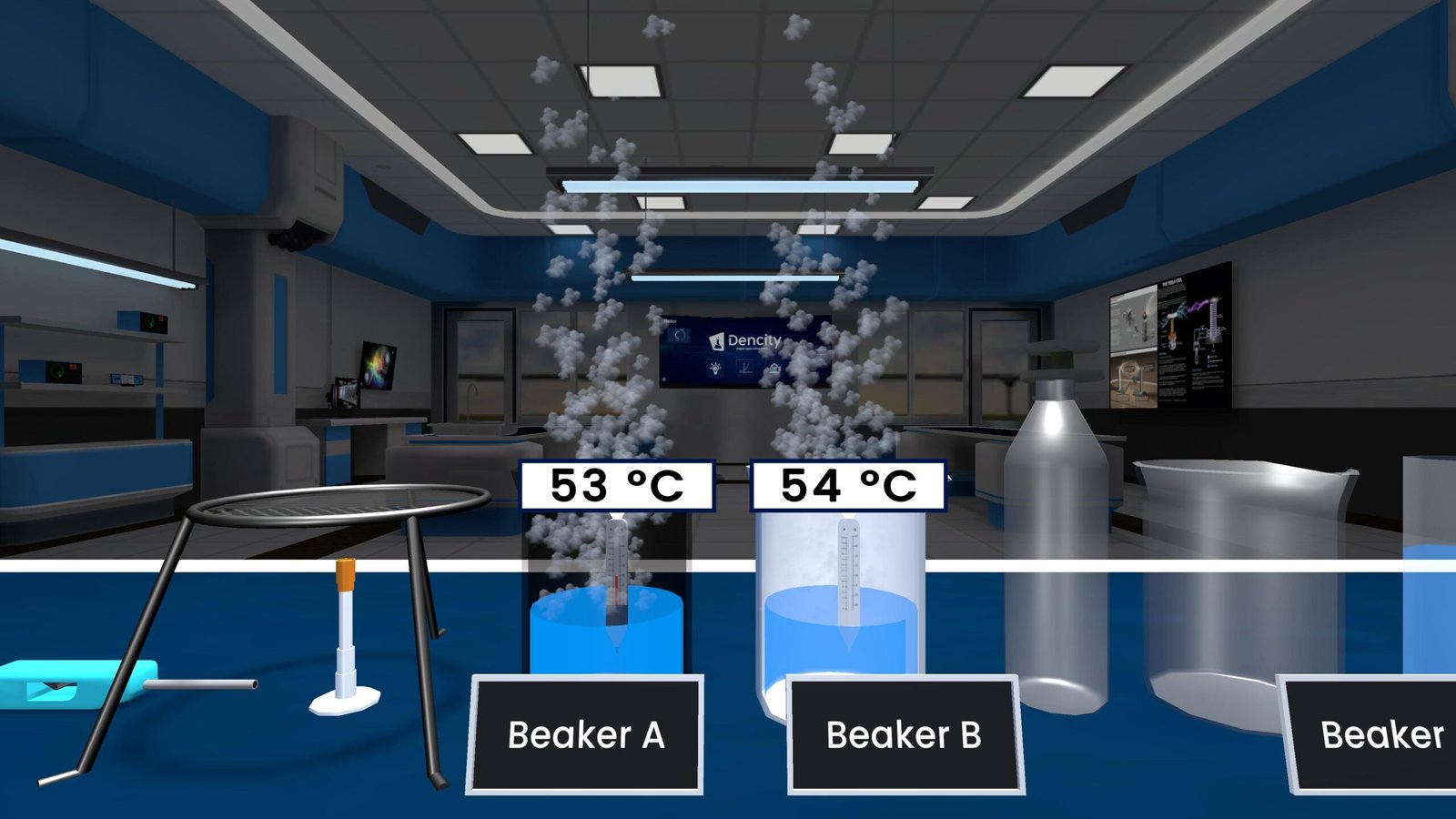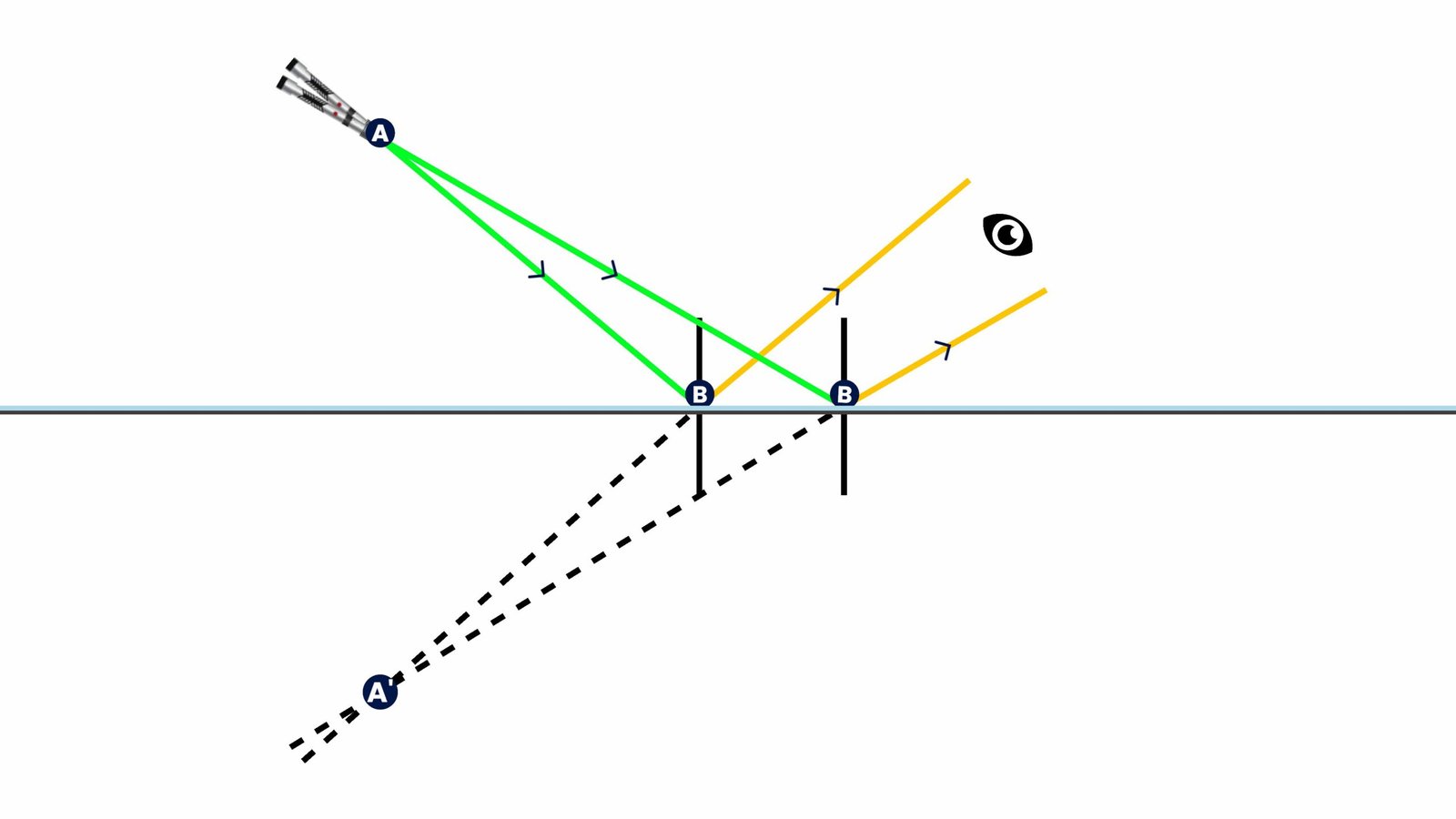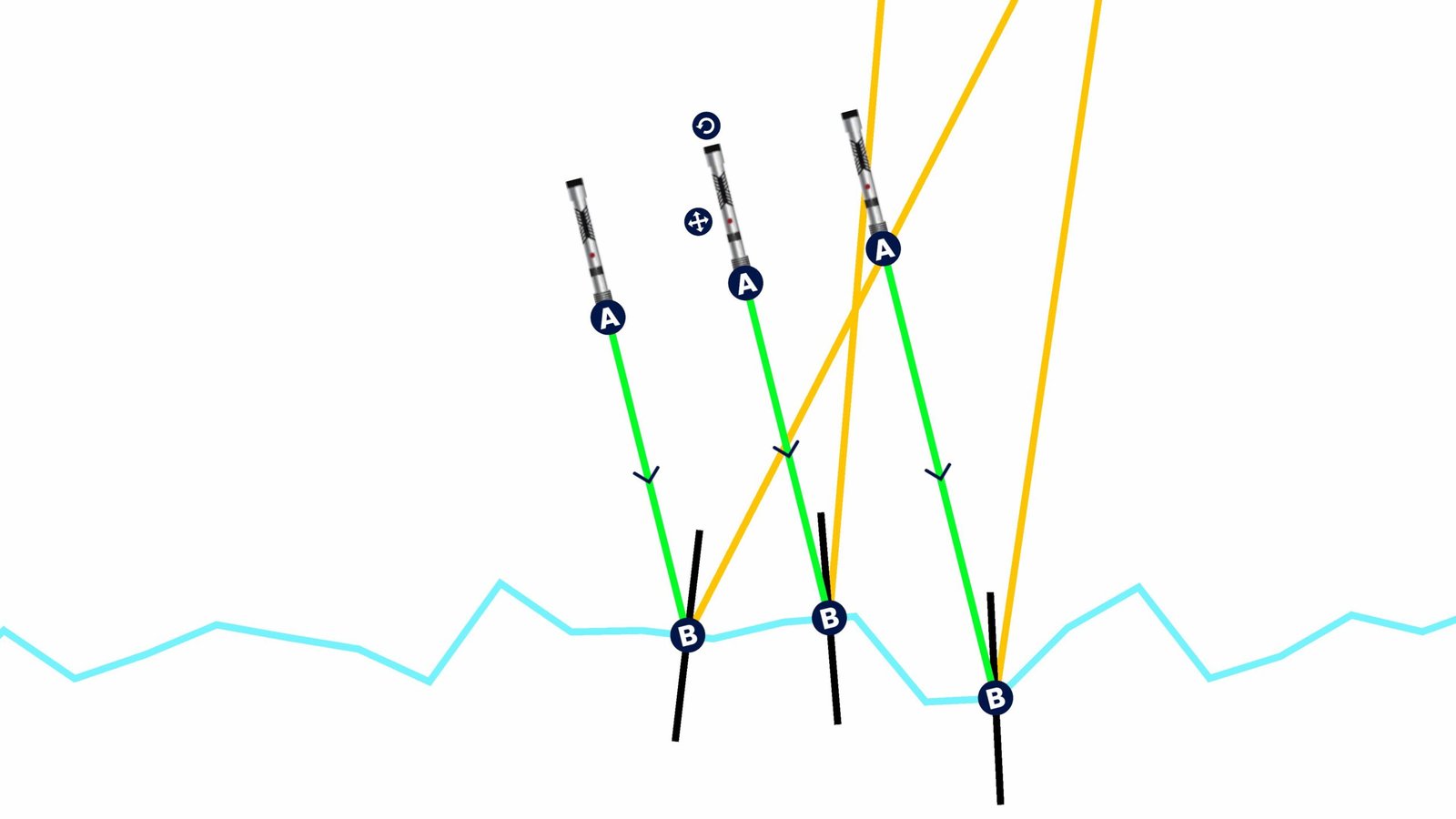Understanding Buoyant Force: Why Objects Float or Sink
Buoyancy is the upward force that a fluid (like water) exerts on an object placed in it. This force pushes against gravity, making objects feel lighter underwater. The buoyant force depends on how much fluid the object displaces.
This principle explains why boats float, balloons rise, and people can swim.
Theory for Class 9 Science
When you push a solid object like a mug into water:
- The pressure at the bottom of the mug is greater than at the top.
- This pressure difference creates a net upward force, called the buoyant force.
- As the mug is pushed deeper, it displaces more water, increasing the buoyant force.
The outcome depends on the balance between the object’s weight and the buoyant force:
- If buoyant force > weight, the object floats back up.
- If buoyant force = weight, the object stays submerged.
- If buoyant force < weight, the object sinks.
Real-Life Applications of Buoyancy
- Life jackets increase buoyancy so people can float easily.
- Ships are designed to displace enough water to stay afloat despite their heavy weight.
- Floating bridges and boats use buoyancy to carry loads across water surfaces.
Observations from the Experiment
- Pushing deeper increases buoyant force.
- If released and the mug floats, then buoyant force is greater than weight.
- If the mug stays underwater, forces are balanced.
- If it sinks, the weight is more than the buoyant force.
Summary Table
| Case | Condition |
|---|---|
| Mug Floats Back Up | Buoyant Force > Weight |
| Mug Remains Submerged | Buoyant Force = Weight |
| Mug Sinks to Bottom | Buoyant Force < Weight |
Explore Buoyant Force with the Dencity App
The Dencity virtual lab makes learning about buoyancy a hands-on experience. Students can adjust water levels, change object mass, and observe how buoyancy affects floating, sinking, or neutral suspension.
This Class 9 Science experiment is available on Android, iOS, and desktop, allowing students to explore the science of fluids interactively and safely.
With real-time calculations and interactive controls, learners can visualize how buoyant forces work in a dynamic, digital environment.
Dencity for Teachers
With Dencity’s advanced features, teaching becomes more interactive and impactful:
- Create live simulations to demonstrate floating vs sinking concepts.
- Assign experiments for homework with automated feedback.
- Use drawing tools and visual aids for better student understanding.
- Let students experiment with variables in virtual classrooms.
Compatible with Interactive Touch Panels
Dencity is fully optimized for smart classroom touch panels. Teachers and students can easily run experiments, adjust values, and explore outcomes—all with the touch of a finger.
Request a Demo or Custom Pricing
Want to revolutionize your science classroom? Get in touch today for a live demo and to discuss tailored pricing packages for your school.
Frequently Asked Questions
- What is buoyancy?
It’s the upward force exerted by fluids on submerged objects. - Why do objects feel lighter in water?
Because buoyant force opposes gravity. - What determines if something floats or sinks?
The comparison between buoyant force and object weight. - Can I change water levels in Dencity?
Yes, you can modify water depth and observe changes in buoyancy. - Does this match Class 9 curriculum?
Yes, this experiment is designed for Class 9 Science. - Can I simulate real-life conditions like ship buoyancy?
Absolutely. You can test various shapes and weights digitally. - Can teachers assign this as homework?
Yes, Dencity supports interactive homework and auto-evaluation. - Is Dencity available on tablets?
Yes, it works on Android, iOS, and desktop platforms. - Are results explained clearly in the app?
Yes, with step-by-step logic and visual feedback. - How can my school get started with Dencity?
Contact us for a demo and to explore your pricing options.







